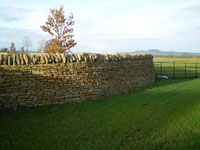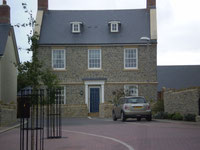Building stone
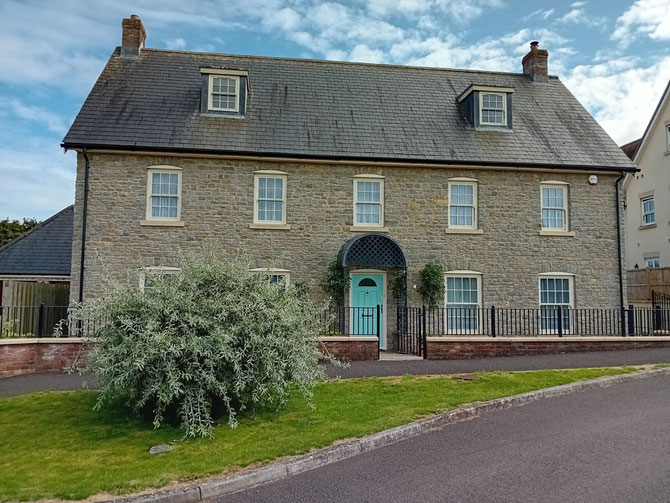
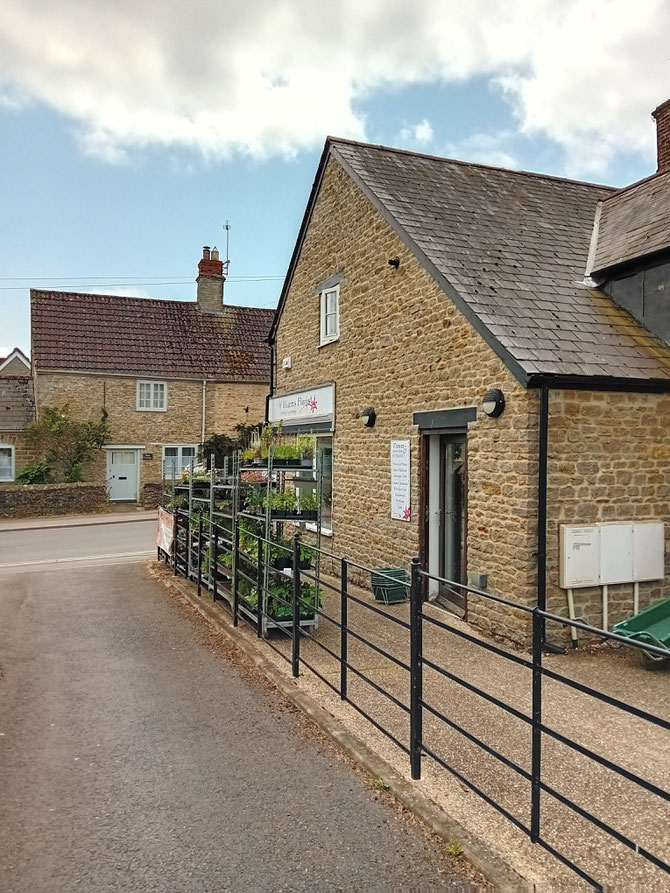
Traditional building stone adding value
Let the beauty and durability of our traditional building stone enhance your stonework. It will provide depth and character to any new build or wall project.
From constructing houses, and stone walls, our building stone is renowned for its rich palette of greys, buffs, and browns, offering a naturally mottled aesthetic that will add an enduring richness, and authenticity, adding value that will ensure the build is highly valued.
About our natural building stone
Historically, because of our natural building stone's excellent building qualities and attractiveness, it has been widely used in Dorset, Somerset, Wiltshire, Gloucestershire. It is the building stone for some of the most iconic pretty villages in regions such as the Cotswolds, as well as the villages around Sherborne, and the Badminton Estate area between Tetbury, Malmesbury, and Bath.
With the building stone being so durable, it can be used below damp course, or used in exposed locations.
Today, the allure of our natural building stone lies in its ability to bestow beauty, durability, and value, to new new builds, and matching extensions.

Easy to use durable building stone
Our durable building stone is cropped and hand dressed by our skilled masons, and so is ready to use. The stone comes out of the ground with varying bed heights enabling the quarry to provide cut and dressed building stone with a range of heights.
The 6 inch on bed (width) building stone has a range of heights from 3 inches to 6 inches or so. There are quoins and jumpers included within the stone.
The 7 inch on bed (width) rustic building stone has a smaller bed height of 2 - 3 inches or so. This is ideal for a tighter, more rustic finish for barns, walls, and modern houses.
Cladding stone
Any bland wall can be faced with our cladding stone. This will not only protect the wall from the elements, as it is so hard, and water resistant, it will also add interest and aesthetic beauty. Our stone will add value to a build, as well as reduce maintenance.
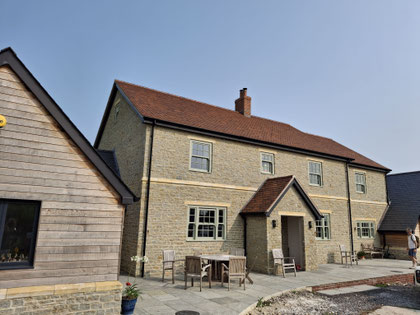
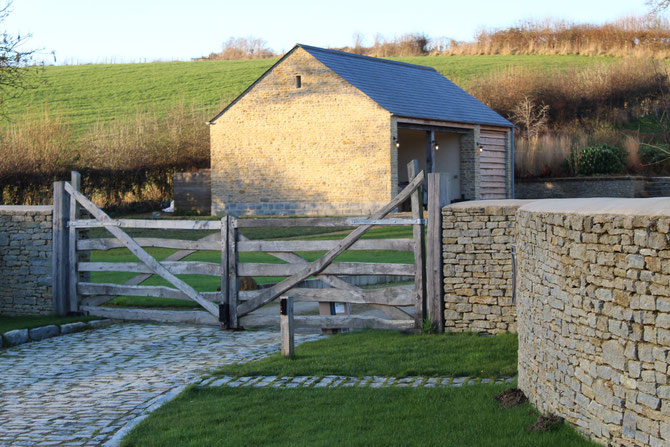
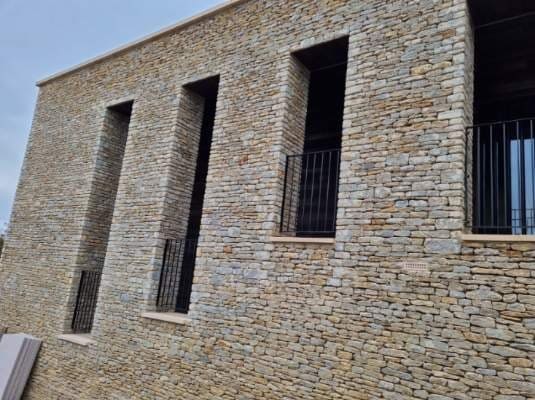

 Stalbridge Quarries
Stalbridge Quarries
